In December, the U.S. Forest Service released a notice to amend 128 land management plans across the National Forest System to promote the persistence and recruitment of old-growth forest conditions across the 193-million-acre National Forest System.
Hunters and anglers recognize that old growth is an important forest type for salmon, steelhead, and trout that benefit from the cold, clear water and habitat provided by older forests. In some places, old forests intercept snow during the coldest months, providing relief for wintering big game. Our community also values the young forests that provide forage for many wildlife species, including deer, elk, and grouse.
Fortunately, as proposed, the forthcoming Forest Service changes are thoughtful and would enhance the agency’s ability to maintain old growth stands through active stewardship—allowing for restoration to maintain forest resilience and to reduce the threat of uncharacteristic wildfire. The changes would also provide space for the creation of young growth habitats in areas of our national forests where old growth is not present.
Speak up for habitat by commenting today in support of balanced and scientifically defensible national forest policy. You can draft your own letter using our talking points below and easily submit them to the USFS comment portal link HERE.
Suggested Comments for your Convenience:
TRCP has developed suggested main points to help you submit formal comments on the Forest Service proposal. Individual comments carry more weight than form letters, and we appreciate you taking a few minutes to weigh in on this important issue:
Old growth trees and forests are important components of National Forest ecosystems, and we appreciate the USFS effort to create a consistent approach to protecting and managing old growth trees across our national forest system. Young, early seral forests are also important to the hunt-fish community, and we encourage the USFS to ensure that the value of early seral forests is recognized in the plan amendment process. Fortunately, as proposed, the forthcoming Forest Service changes are thoughtful and would enhance the agency’s ability to maintain old growth stands through active stewardship—allowing for restoration to maintain forest resilience and to reduce the threat of uncharacteristic wildfire. The changes would also provide space for young growth restoration projects in areas of our national forests where old growth is not present.
As you move forward with the nationwide amendment to create consistent management direction for old growth forests and other forest types, please consider these important comments to advance healthy forests on our public lands.
• Promote forest diversity and recognize that forests are dynamic. Young, middle-aged, and old forests across landscapes provide habitat for multiple species and their life cycle needs. To do so, we must view forests as dynamic collections of important seral states. Forests are healthiest when varying forest ages are interspersed across landscapes, from young forests to old growth.
• There is broad agreement that active forest management is necessary to reduce risks posed by wildfire, optimize carbon outcomes, improve wildlife habitat, safely restore fire to fire-adapted forests, and restore impaired ecosystems. The challenge is how to manage these landscapes at the scope and scale that will address the increasing need.
• The Forest Service must conduct more vegetation management on larger geographic scales to restore forest health and promote resilience, which includes an ecologically appropriate abundance and distribution of mature and old growth forests where those traits are lacking.
• The old growth inventory and analysis of threats completed by the USFS found that mortality from wildfires is currently the leading threat to mature and old growth forests, followed by insects and disease. I support management efforts that focus on science-based restoration and wildfire treatments to reduce the risk of catastrophic wildfire in mature and old growth as well as other forest types.
Photo credit: Jack Lander

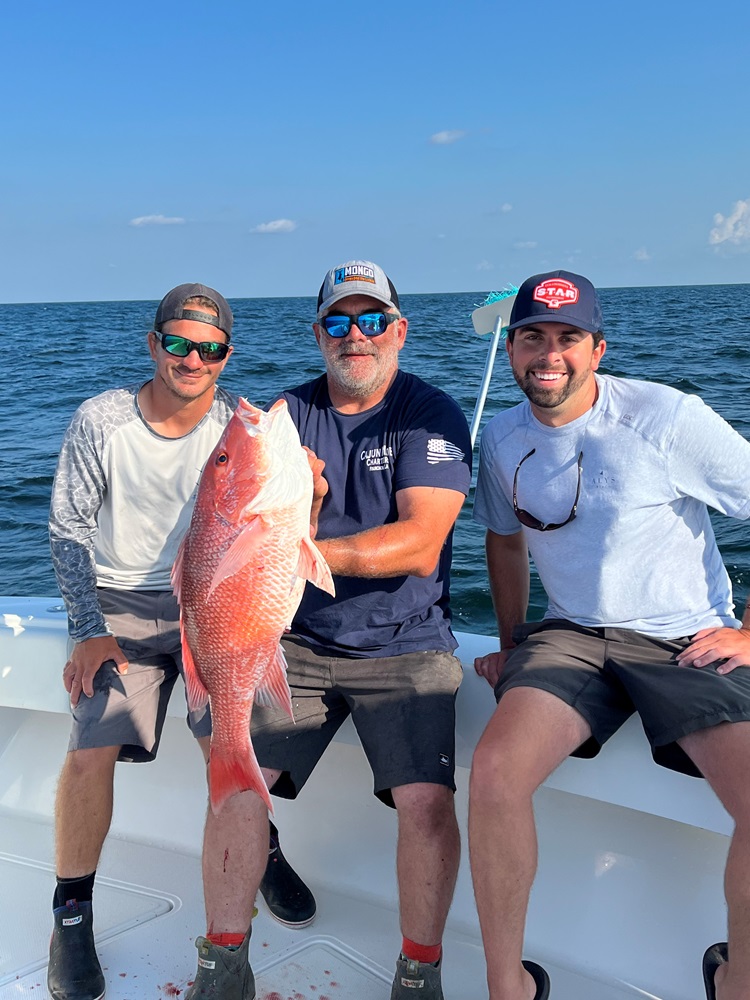
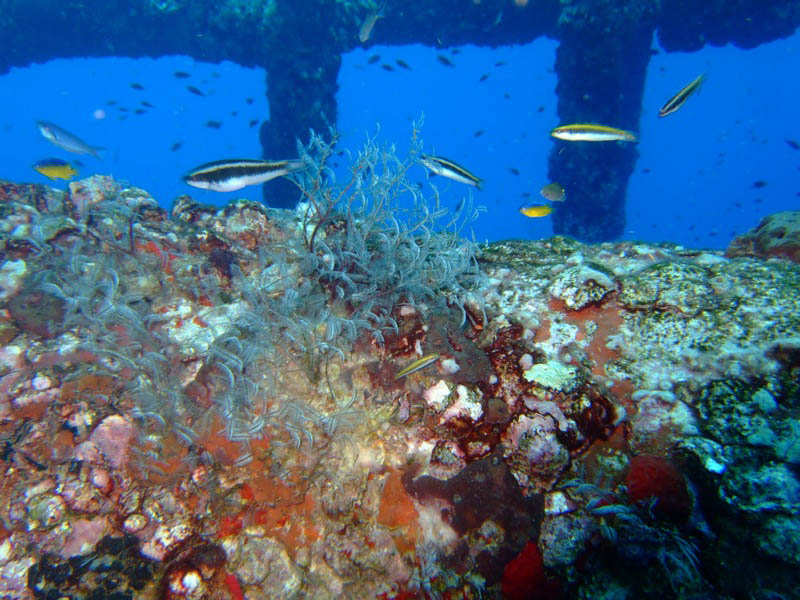
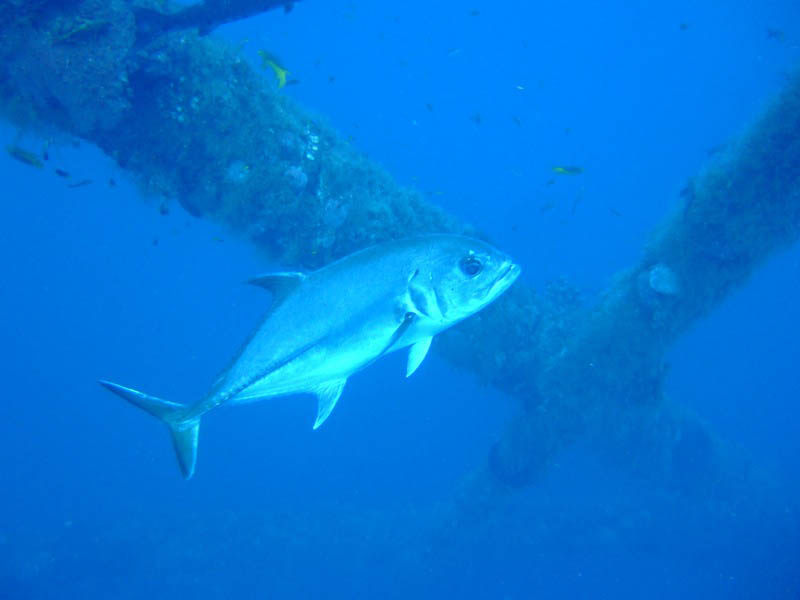

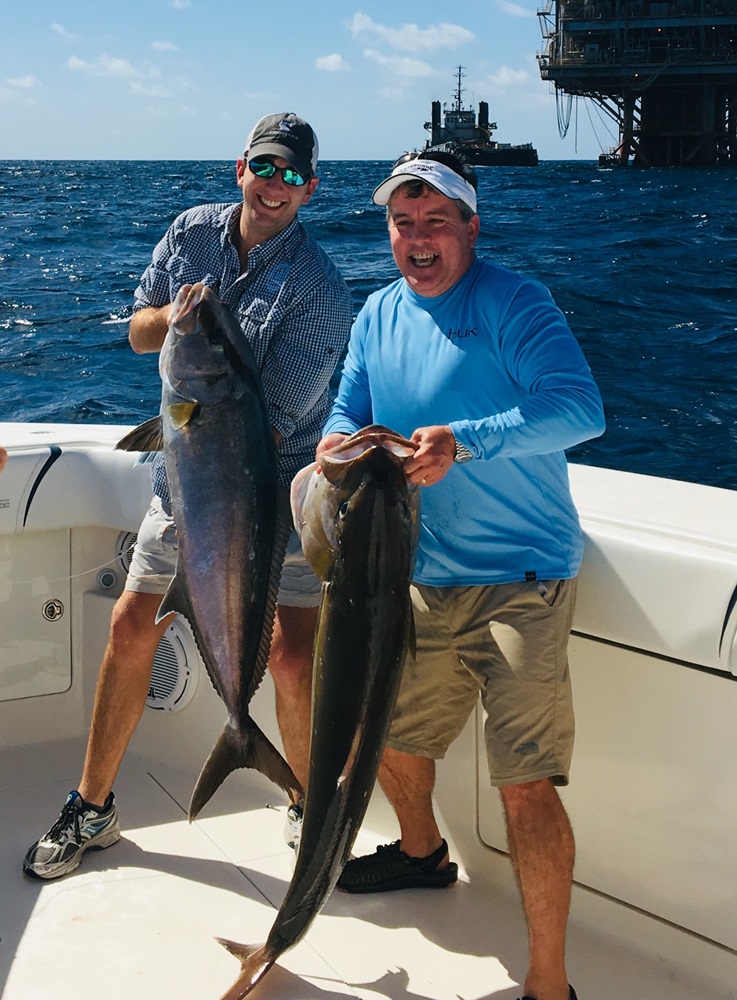
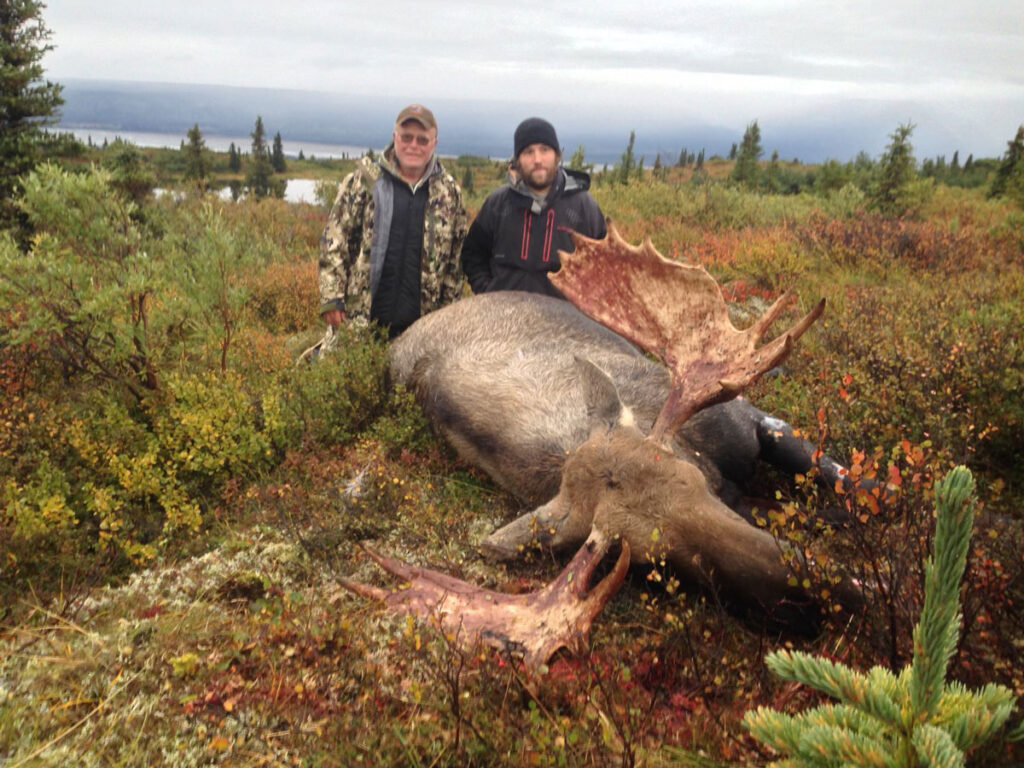





Specific to the Black Hills National Forest – appropriate old growth ponderosa pine areas are frequently used by wildlife. Wild turkeys are highly dependent on large p.pine for night roosts. Old growth, mature forest is an important component to a healthy forest. I support and encourage your nationwide “old growth” management efforts!
Old grow management efforts are needed for better habitat for the land and wildlife.
THE US FOREST SERVICE SEEMS TO BE MORE INTERESTED IN PRODUCING LARGE FOREST CLEARCUT AREAS THEN PROTECTING THE FORESTS
THE US FOREST SERVICE SEEMS TO BE MORE INTERESTED IN PRODUCING LARGE FOREST CLEARCUT AREAS THEN PROTECTING THE FORESTS
The US Forest Service needs to make the best management plan to protect wildlife habitat while also protecting the forest. Block cutting is a solution to both. Instead of cutting large clear cuts. Small cuts of one acre or less are cut in a checked board pattern with alternating blocks of trees with passage of logging equipment by opening the corners of adjoining timber blocks. This is more costly but benefits wildlife habitat compared to clear cutting large parcels.
Old growth forest is impunity for many bird species and needs to be preserved. Selective logging must replace clear cut which never grows back the same habitat.
Let me address old growth. Old growth should be managed to reduce possibility of rapid spreading of forest fires. Proper management creating small brush piles for wildlife habitats. Wetlands create different management principles for fish and wildlife. In some areas may require replanting cattails and lilly panda. On fresh water streams would require monitoring water quality to insure healthy fish and reduced contamination. This would mean no injection wells anywhere near or any contamination of underground water sources.
I wish to add my support to the U.S.F.S. plan for a balanced and scientifically formulated National Forest Policy. Specifically, old growth forests must be managed for health and resilience, as part of a forest system characterized by healthy forests of all ages. Such forest diversity will enable citizens’ continued traditional enjoyment of these lands. My family has enjoyed hunting and fishing for generations on public lands. A thoughtfully executed U.S.F.S. Forest Plan will continue the ability to continue this use for generations to come.
Thank You,
Sue E. Leonetti